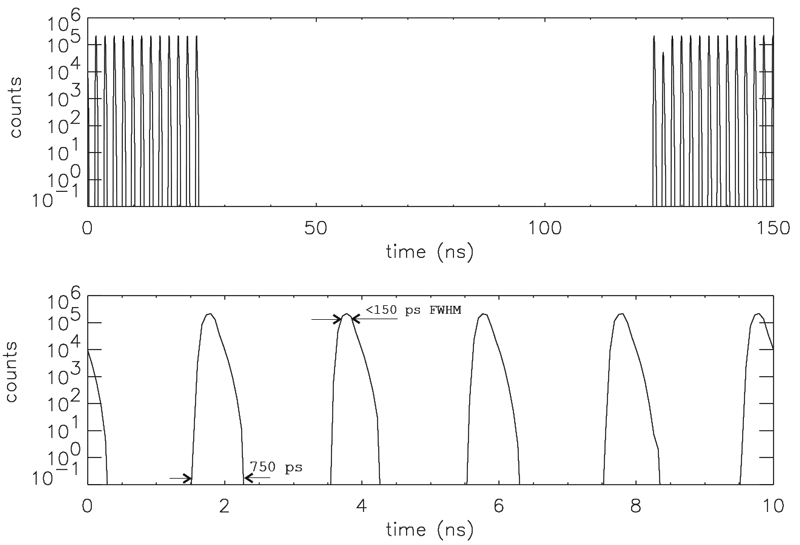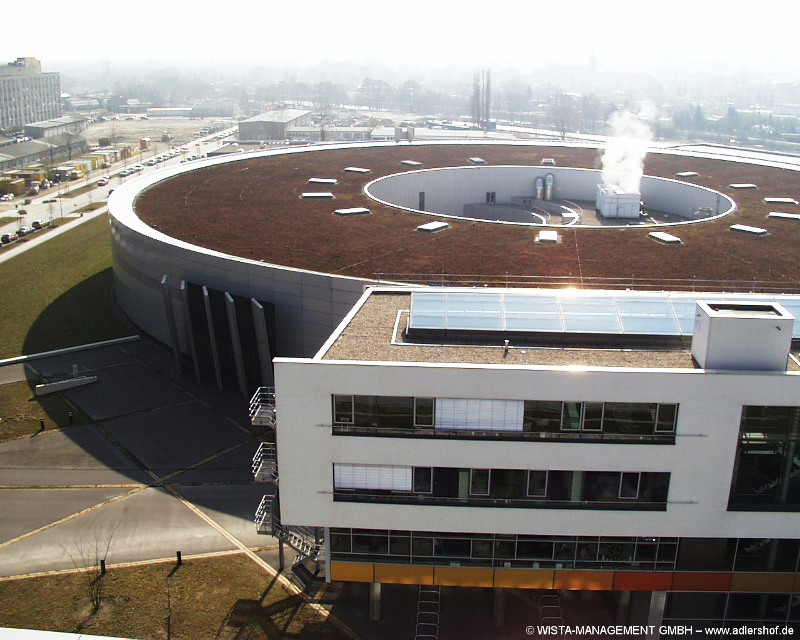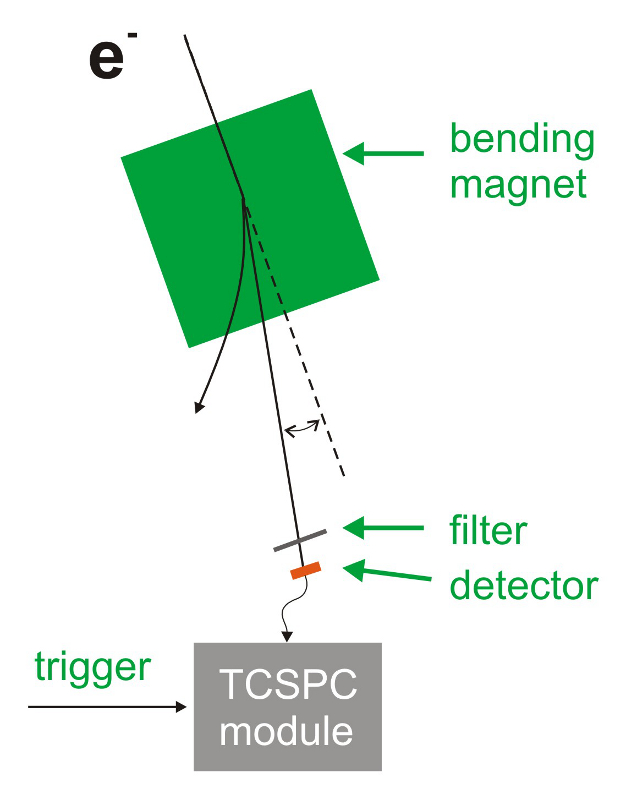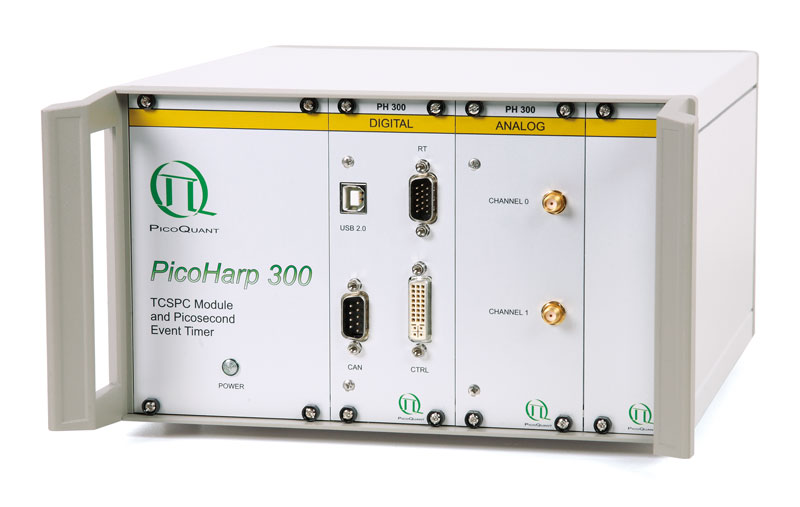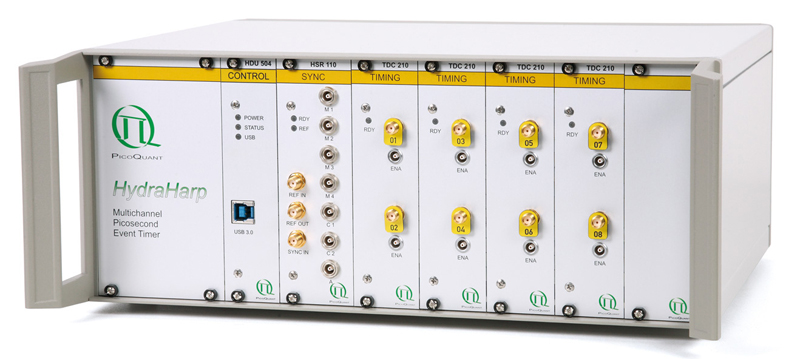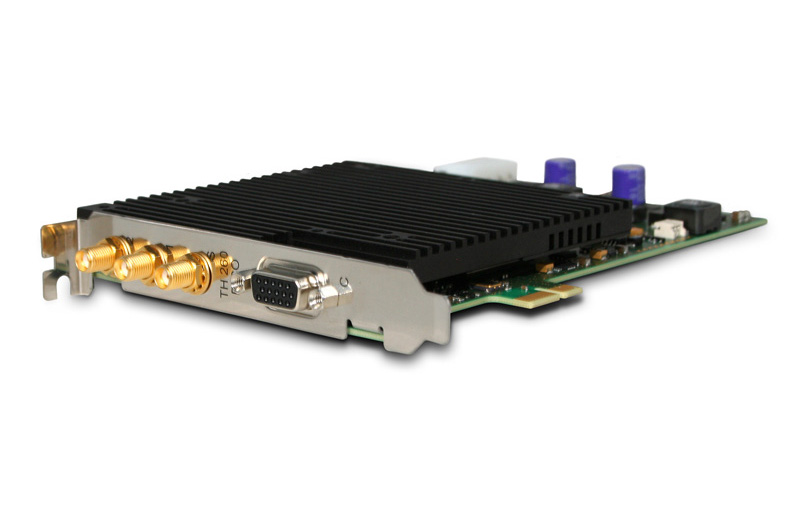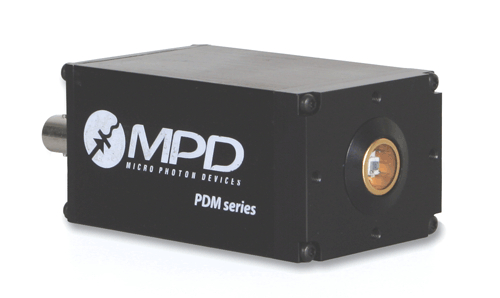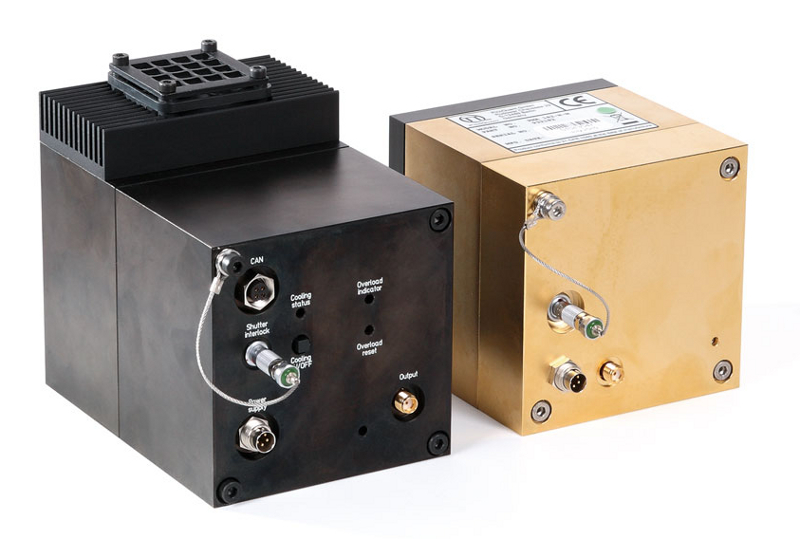
Metrology
Bunch Purity
Fill pattern diagnostics in synchrotron rings
Operating a synchrotron ring as a dedicated user facility demands to characterize the temporal shape of the electron bunches, the so-called "fill pattern". This is important for several reasons, including checking the quality of the injection system and the generation of special fill patterns for time-resolved experiments. The bunch purity is defined as the relative intensity ratio of the unwanted satellite bunches with respect to the main bunches.
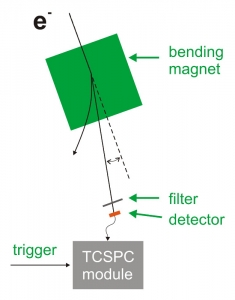 Time-Correlated Single Photon Counting (TCSPC) is one of the most commonly used methods to measure the bunch purity. Using TCSPC, the arrival time of single photons is measured, which are emitted by the electron bunches as they pass through a particular dipole in the storage ring. The photons are typically detected using, for example, a MCP-PMT for the visible photons, and an APD for the X-ray photons. The time difference of the single photon signal with respect to the clock pulse synchronized to the rf signal of the storage ring is processed by the TCSPC unit, and the histogram of the photon arrival time is accumulated, which represents the bunch filling pattern.
Time-Correlated Single Photon Counting (TCSPC) is one of the most commonly used methods to measure the bunch purity. Using TCSPC, the arrival time of single photons is measured, which are emitted by the electron bunches as they pass through a particular dipole in the storage ring. The photons are typically detected using, for example, a MCP-PMT for the visible photons, and an APD for the X-ray photons. The time difference of the single photon signal with respect to the clock pulse synchronized to the rf signal of the storage ring is processed by the TCSPC unit, and the histogram of the photon arrival time is accumulated, which represents the bunch filling pattern.
 PicoQuant TCSPC modules are very well suited for fill pattern diagnostics in synchrotron light sources. As opposed to conventional TCSPC systems that have a very limited TAC range, both units provides 65535 histogram channels and allow to cover large time spans at high temporal resolutions.
PicoQuant TCSPC modules are very well suited for fill pattern diagnostics in synchrotron light sources. As opposed to conventional TCSPC systems that have a very limited TAC range, both units provides 65535 histogram channels and allow to cover large time spans at high temporal resolutions.
The PicoHarp 300 is, e.g., currently used for fill pattern diagnostics at:
- Bessy II (Berlin, Germany) - live measurement results available
- Swiss Light Source (Villigen, Switzerland)
- Diamond Light Source (Chilton, UK)
- Australian Synchrotron (Clayton, Australia)
- Taiwan Light Source (Hsinchu, Taiwan)
- ALBA Synchrotron (Barcelona, Spain)
- SLAC (Menlo Park, CA, USA)
- 4, 8, or 16 independent input channels and common sync channel (up to 1.2 GHz)
- High sustained data throughput (80 Mcps in time tagging mode, 180 Mcps in histogramming mode)
- Record-breaking dead time (650 ps) per channel
- No dead time across channels
Time-tagging Units
High-Throughput Multichannel Event Timer & TCSPC Unit
- 4, 8, or 16 independent input channels and common sync channel (up to 1.2 GHz)
- High sustained data throughput (80 Mcps in time tagging mode, 180 Mcps in histogramming mode)
- Record-breaking dead time (650 ps) per channel
- No dead time across channels
Precise and Versatile Event Timer & TCSPC Unit
- Outstanding timing precision of 2 ps RMS for single channel, 3 ps RMS between channels
- Cutting-edge time resolution of 1 ps
- Choice of edge triggers or Constant Fraction Discriminators (CFD)
- Sustained time tagging with up to 85 Mcps via USB 3.0
tion
Multichannel Picosecond Event Timer
- Up to 8 independent input channels and common synch channel (up to 150 MHz)
- 65536 histogram bins per channel, minimum width 1 ps
- Histogrammer measurement ranges from 65 ns to 2.19 s
- USB 3.0 interface
TCSPC and MCS board with PCIe interface
- One or two independent input channels and common synch channel (up to 84 MHz)
- Two models with either 25 ps (PICO model) or 1 ns (NANO model) base resolution
- "Long range mode" option for PICO model with 2.5 ns base resolution
- Ultra short dead time (<25 ns for PICO model, <1 ns for NANO model)
Photon Counting Detectors
Hybrid Photomultiplier Detector Assembly
- Timing resolution down to <50 ps (FWHM, cathode dependent)
- Detection efficiency up to 45 % at 500 nm (cathode dependent)
- Active area up to 6 mm
- Negligible afterpulsing
Photomultiplier Detector Assembly
- Timing resolution < 180 ps (FWHM)
- Quantum efficiencies up to 40% (cathode dependent)
- Spectral ranges from 185 nm to 900 nm available
- Optional thermoelectric cooler
Single Photon Avalanche Diodes
- Timing resolution down to <50 ps (FWHM)
- Detection efficiency up to 49%
- Different active areas: 20, 50 and 100 µm
- Ultra stable at high count rates
Bunch purity measurements at BESSY II
Section of the regular BESSY II multibunch fill pattern recorded with the PicoHarp 300 using a time bin witdh of 64 ps.
Data collection: courtesy of Karsten Holldack, Bessy II, Germany.
Latest 10 publications related to Bunch purity
The following list is an extract of 10 recent publications from our bibliography that either bear reference or are releated to this application and our products in some way. Do you miss your publication? If yes, we will be happy to include it in our bibliography. Please send an e-mail to info@picoquant.com containing the appropriate citation. Thank you very much in advance for your kind co-operation.

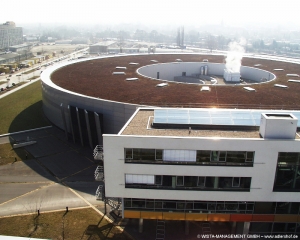
 Contact us
Contact us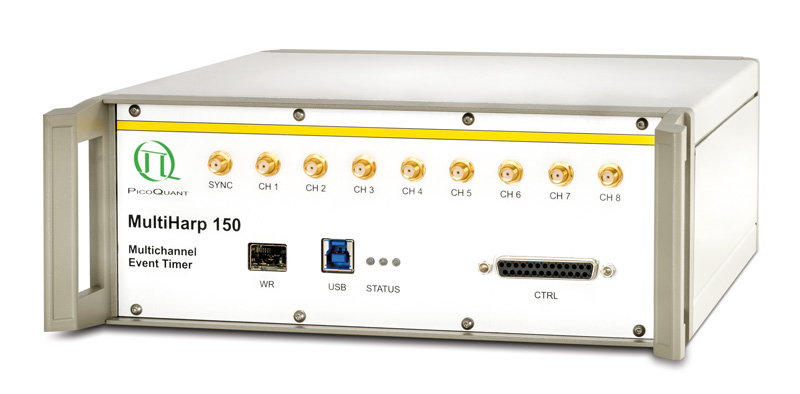 MultiHarp 150
MultiHarp 150 PicoHarp 330
PicoHarp 330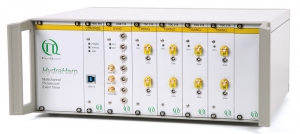 HydraHarp 400
HydraHarp 400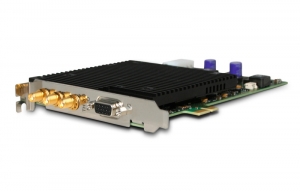 TimeHarp 260
TimeHarp 260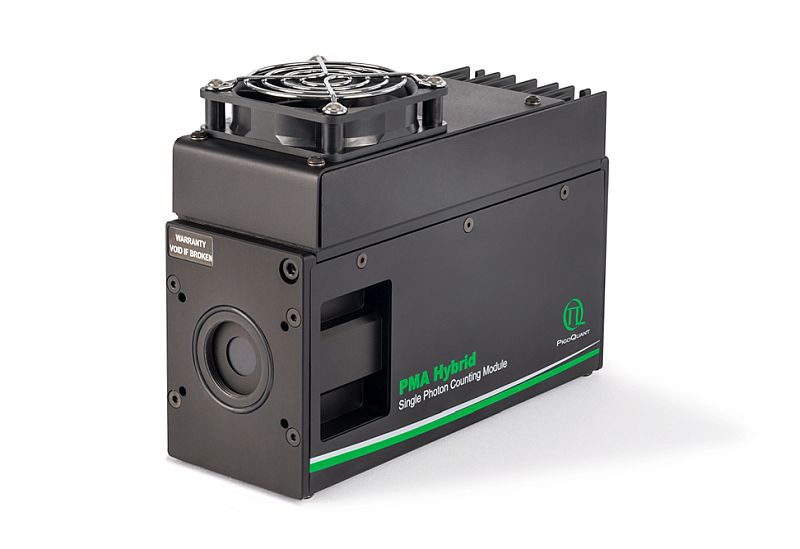 PMA Hybrid Series
PMA Hybrid Series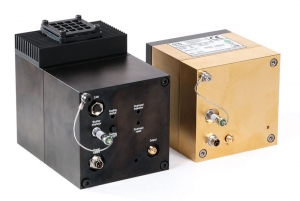 PMA Series
PMA Series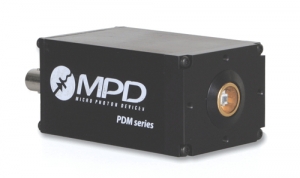 PDM Series
PDM Series